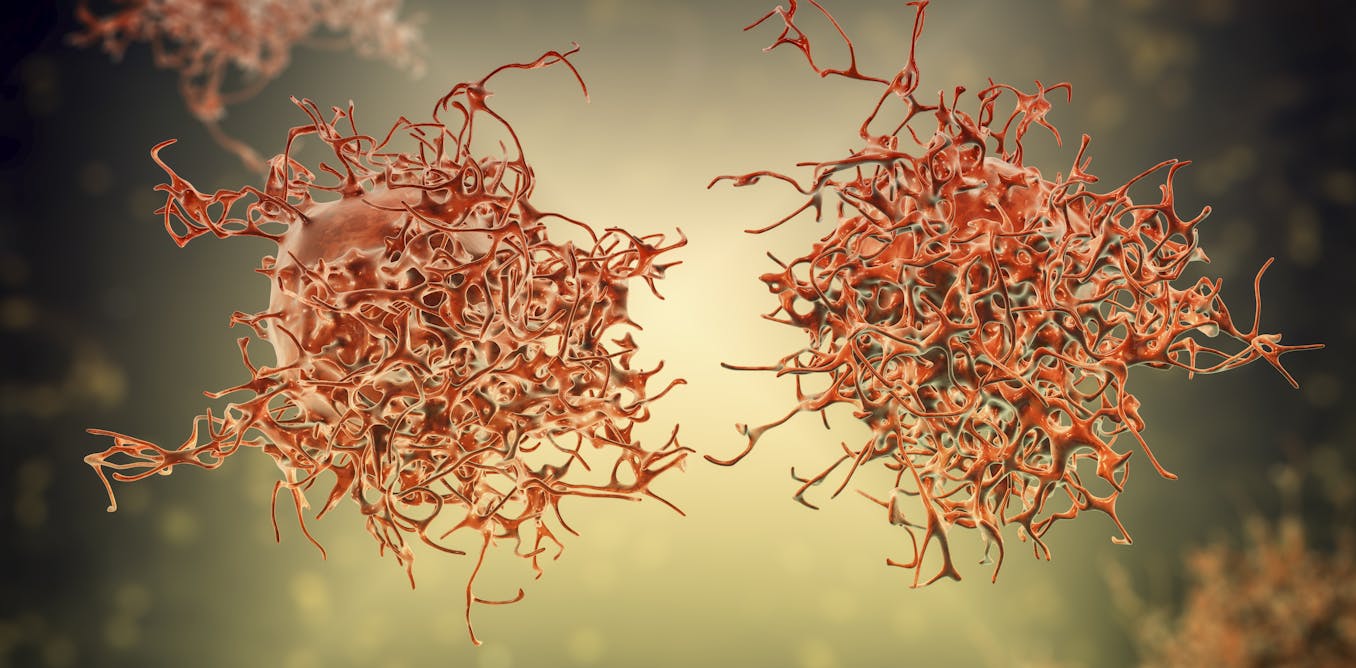Each year approximately 175 New Zealanders are diagnosed with cervical cancer and 55 people die from it.
Human papillomavirus (HPV) is the cause of 95% of cervical cancers and some throat and anal cancers. New Zealand has a very effective vaccine against this cancer. And HPV screening can detect changes on the cervix before cancer occurs.
With vaccination and screening it is now realistic to aim to eliminate cervical cancer in our lifetime – but it requires a strategy and investment.
Global goals
The World Health Organization’s global elimination strategy for cervical cancer rests on three targets:
- 90% of girls fully vaccinated with the HPV vaccine by the age of 15
- 70% of women screened using a high-performance test (for example, HPV testing) by the age of 35 and again by the age of 45
- 90% of women with pre-cancer treated and 90% of women with invasive cancer managed.
But to achieve this in Aotearoa New Zealand, there needs to be a commitment from the government to develop and resource an elimination strategy.
This is not currently happening. And, despite some advances, women continue to die.
The rise in self-testing
HPV self-testing was introduced as part of the national screening programme in September 2023. Testing for the virus provides 60-70% greater protection against developing invasive cervical cancers compared with cervical cytology (the “smear” – involving a speculum examination by a trained provider).
It is such good a test that following a negative result (and no symptoms) another test is not needed for five years.
Switching to HPV-testing has potential to reduce the annual number of cervical cancers by 15%. Women can do the test themselves and, under the new scheme, 80% are choosing self-testing.
There has also been a high uptake from never-screened or under-screened women. This is important because more than 85% of our cervical cancers occurred in those not regularly screened.
Before the introduction of the HPV self-test, just 67.1% of eligible people were up to date with their screening. Over the past year this has increased to 70.8% – reaching the WHO target. However, coverage for Māori remains below – increasing from 56.3% to just 61.9%.
Low vaccination rates
While screening coverage has increased to 70.8% overall, New Zealand’s HPV vaccination coverage is low (45-60%) – nowhere near the 90% target, which Australia is close to.
Australia is set to become the first to achieve elimination, after the government committed A$48.2 million to support their national elimination strategy and its implementation.
HPV vaccination is an essential pillar of cervical cancer prevention.
A recent study found no cases of cervical cancer in a cohort of girls immunised between the age of 12 and 13 (born between 1996 and 1998) in Scotland’s school-based vaccination programme. But there were cases of cervical cancer in the unvaccinated group.
More work needed
Champions, researchers, clinicians and whānau campaigned and contributed to our new (albeit overdue) HPV cervical screening programme. But more action is needed.
This is particularly the case as funding for healthcare is cut back.
To achieve the elimination goals we have committed to, three things need to happen:
- Free cervical screening (unlike breast and bowel screening, New Zealand’s cervical screening programme not fully-funded).
- A cervical cancer elimination strategy with dedicated funding.
- Boosting HPV vaccination uptake.
It’s essential everyone is included to achieve elimination. The WHO global targets – set to address the differential burden of cervical cancer between countries – fail to address the rights of Indigenous peoples to be counted within the elimination targets. Within-country inequities may remain hidden as a country can claim elimination based on data that doesn’t separate different ethnic groups.
Countries, including Aotearoa New Zealand, need to meet elimination targets for all women.
Aotearoa has the tools (HPV self-testing, vaccination and treatment for cell changes) to make elimination for all a reality. But without an equitable strategy or funding to drive progress, the end of cervical cancer for New Zealanders will not be as close or as equitable as it should be.
This article written by Francesca Storey, Deputy Director Te Tātai Hauora o Hine – National Centre for Women’s Health Research Aotearoa, Te Herenga Waka — Victoria University of Wellington and is republished from The Conversation under a Creative Commons license. Read the original article.





